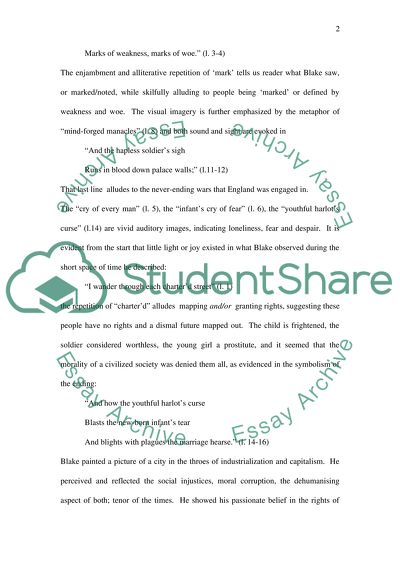Cite this document
(“Literature Poetry Book Report/Review Example | Topics and Well Written Essays - 1500 words”, n.d.)
Retrieved from https://studentshare.org/literature/1501145-literature-poetry
Retrieved from https://studentshare.org/literature/1501145-literature-poetry
(Literature Poetry Book Report/Review Example | Topics and Well Written Essays - 1500 Words)
https://studentshare.org/literature/1501145-literature-poetry.
https://studentshare.org/literature/1501145-literature-poetry.
“Literature Poetry Book Report/Review Example | Topics and Well Written Essays - 1500 Words”, n.d. https://studentshare.org/literature/1501145-literature-poetry.


